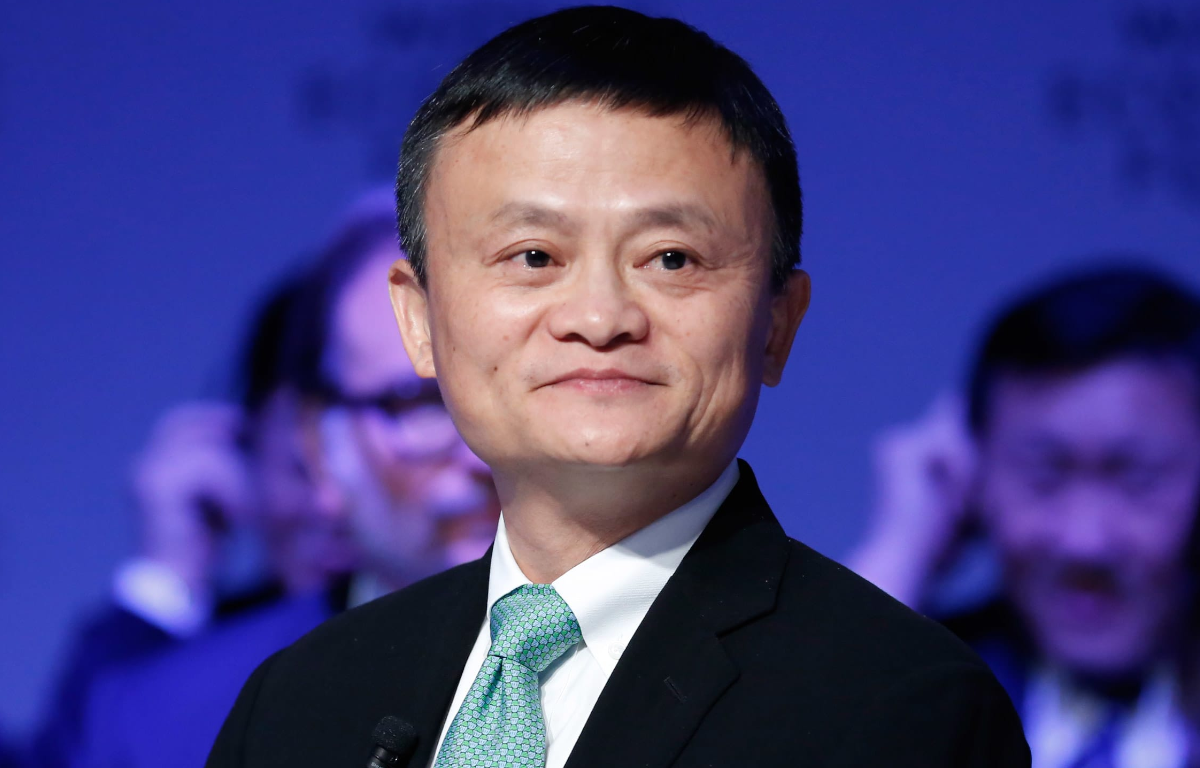
At the heart of China’s semiconductor challenges lies a notable technological lag. While leading global manufacturers like Intel, TSMC, and Samsung are pioneering cutting-edge chips on advanced process nodes like 7nm and 5nm, China’s best facilities are operating at nodes approximately 14nm, leaving a substantial technology gap.
Intellectual property concerns have also plagued China’s semiconductor journey. Developing advanced semiconductor technology requires a deep understanding of intellectual property and the ability to innovate while respecting existing patents. Chinese companies have faced accusations of IP theft and legal challenges that have slowed their progress.
Another hurdle is the shortage of experienced talent. A competitive semiconductor industry depends on a skilled workforce, and China is still working to bridge the gap between the number of skilled engineers and researchers and the demands of the industry.
Global supply chain vulnerabilities have been exposed in the wake of the COVID-19 pandemic. Heavy reliance on imported chip manufacturing equipment and materials makes China’s semiconductor industry susceptible to disruptions in the global supply chain.
The consequences of falling behind in the semiconductor sector are far-reaching. Economically, it could hinder China’s growth and competitiveness on the world stage. From a national security perspective, dependence on foreign suppliers for critical technology presents significant risks. Moreover, trade tensions and diplomatic challenges have emerged due to China’s technological ambitions, with semiconductors being a focal point.
Closing this substantial technological gap is a complex endeavor. It demands continued heavy investment, fostering an environment that respects intellectual property, international collaboration, expansion of educational programs, and supply chain diversification. By taking a multi-faceted approach, China can strive to close the gap and bolster its position in the global semiconductor landscape, with the potential to lead in semiconductor technology in the future.










Share this: